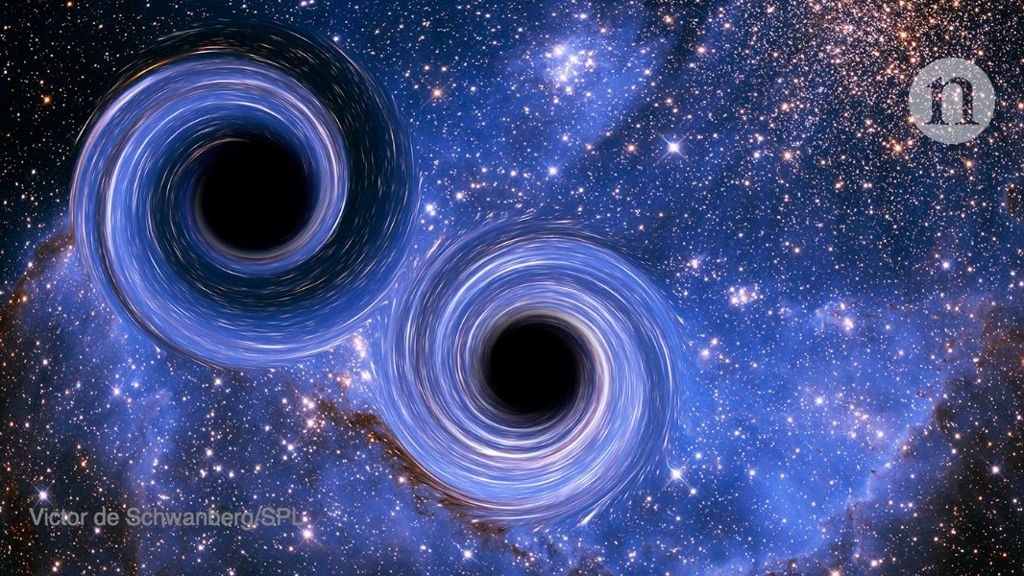
A planned US$35-million upgrade could enable LIGO to spot one black-hole merger per hour by the mid-2020s.
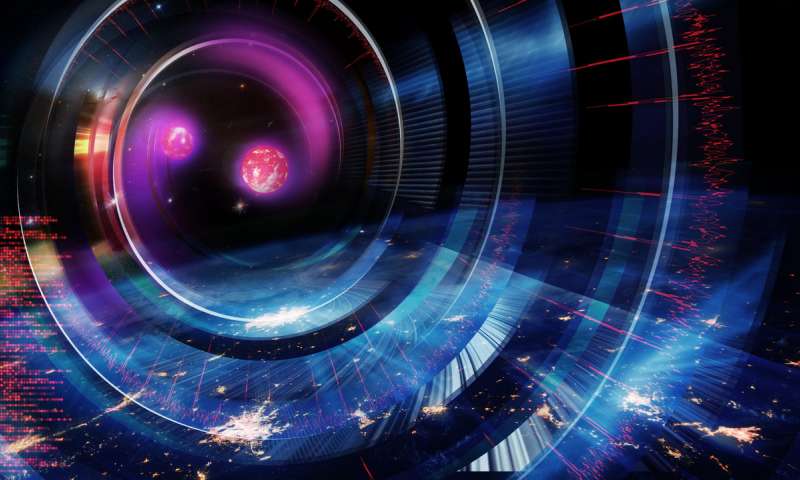
An international team of scientists have detected gravitational waves from the biggest known black-hole collision that formed a new black hole about 80 times larger than the Sun.

The novel GRAVITY instrument has discovered clumps of gas swirling around at about 30 per cent of the speed of light on a circular orbit just outside the innermost stable orbit of a four million mass black hole.

This confirms the current understanding of cosmological evolution - that galaxies and their associated black holes merge over time, forming bigger and bigger galaxies and black holes.

For the first time, an international collaboration of scientists has detected highly energetic light coming from the outermost regions of an unusual star system within our own galaxy.

Astronomers report the first detection of matter falling into a black hole at 30% of the speed of light, located in the center of the billion-light year distant galaxy PG211+143.

Observations have for the first time clearly revealed the effects of Einstein's general relativity on the motion of a star passing through the extreme gravitational field very close to the supermassive black hole.
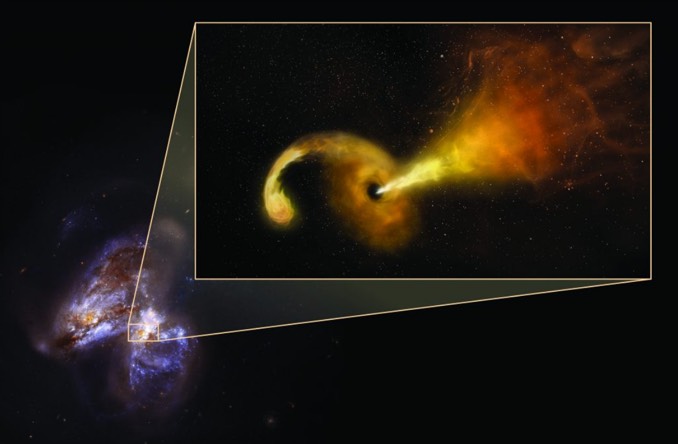
For the first time, astronomers have directly witnessed the aftermath of a black hole consuming a nearby star, imaging the formation and expansion of a high-speed jet of material ejected in the maelstrom.

Spectroscopic measurements of gas dynamics at the core of the Milky Way have revealed several unusual objects visibly whizzing around the supermassive black hole at the center of the galaxy .

The merger of two neutron stars generated gravitational waves and high-energy gamma radiation and detected last August likely produced a record low-mass black hole.

Australian astronomers have fond what may be the fastest-growing black hole in the known universe, an ancient 20-billion-solar mass beast consuming the mass of the Sun every two days.
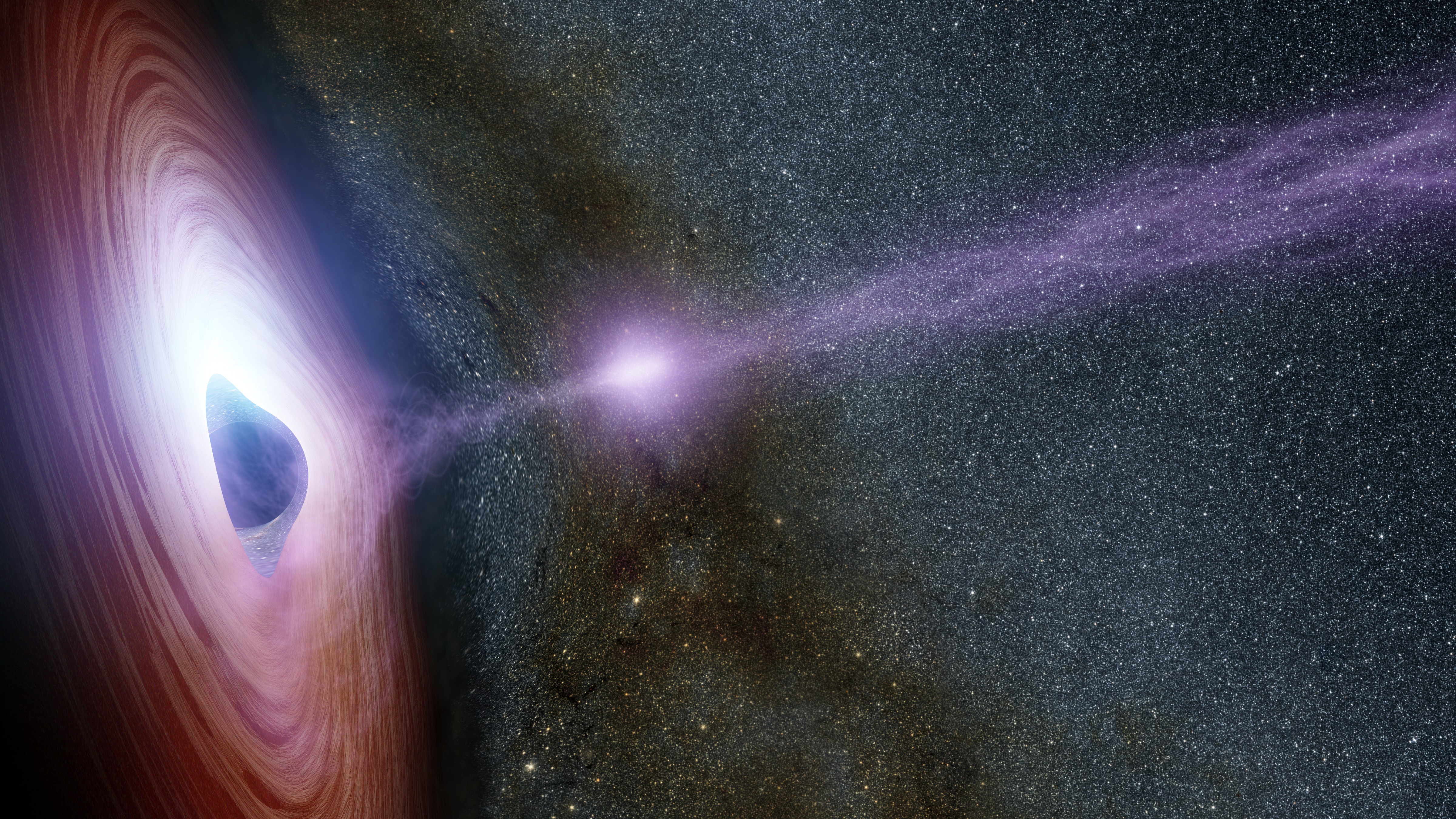
The Chandra Observatory has found direct evidence for up to 10 stellar-mass black holes and thousands more lurking within a few light years of Sagittarius A*, the supermassive black hole at the center of the Milky Way.
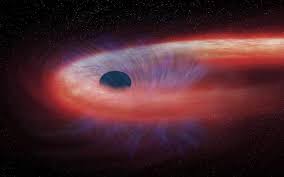
Astrophysicists have discovered a dozen black holes gathered around Sagittarius A* (Sgr A*), the supermassive black hole in the center of the Milky Way Galaxy.

Surprisingly, a quintessential equation of quantum mechanics emerges while studying astronomical disks of orbiting material.

A new research reveals a new high resolution map of the magnetic field lines in gas and dust swirling around the supermassive black hole at the center of our galaxy.